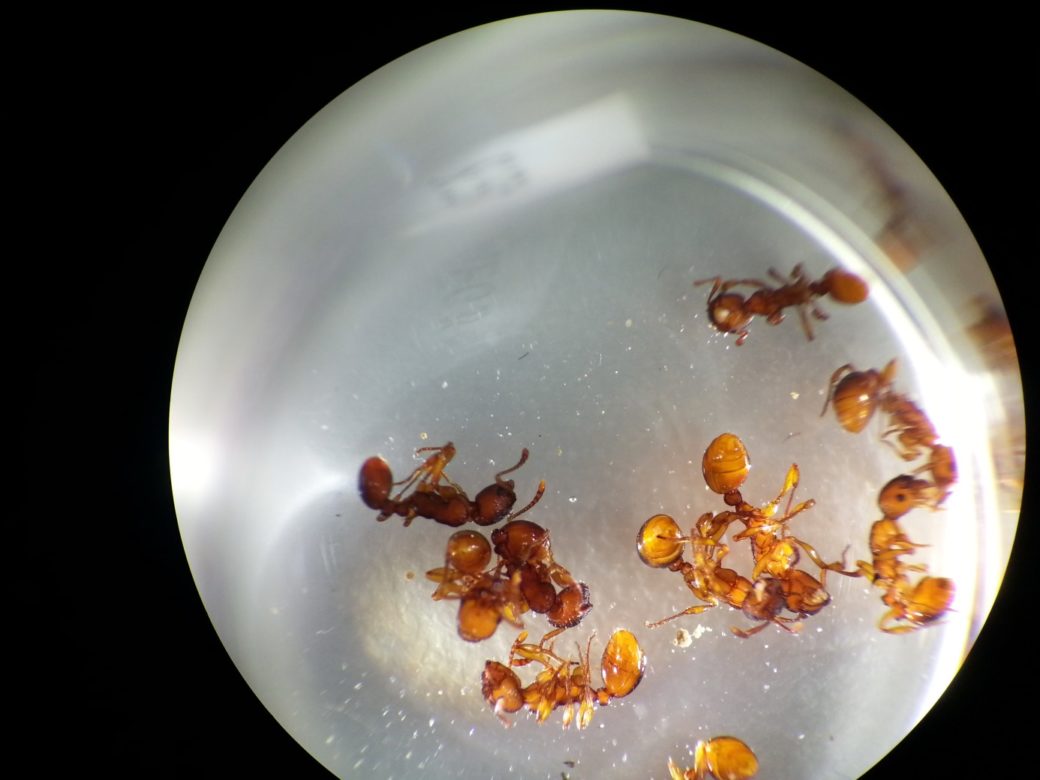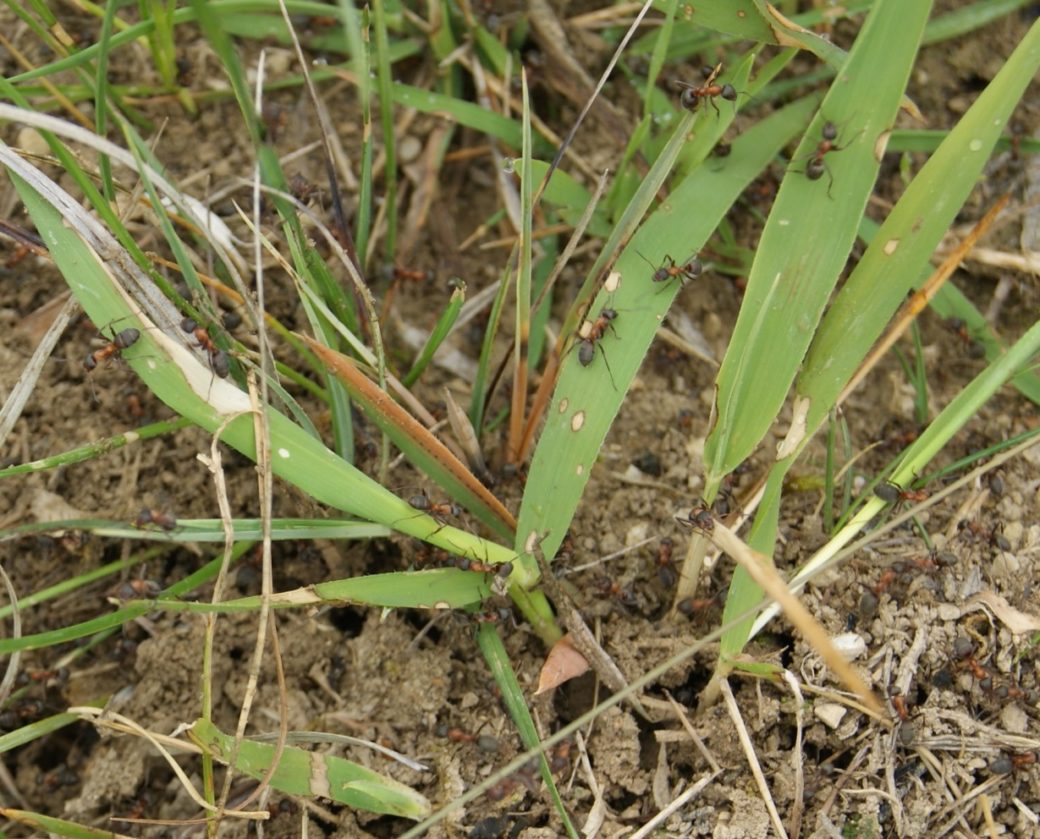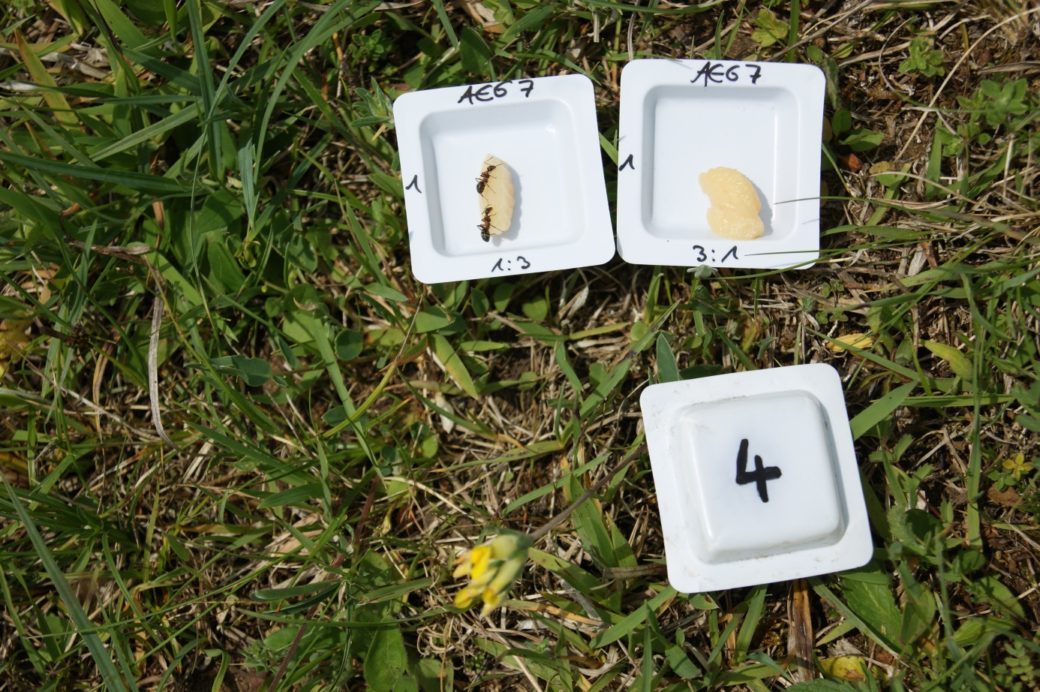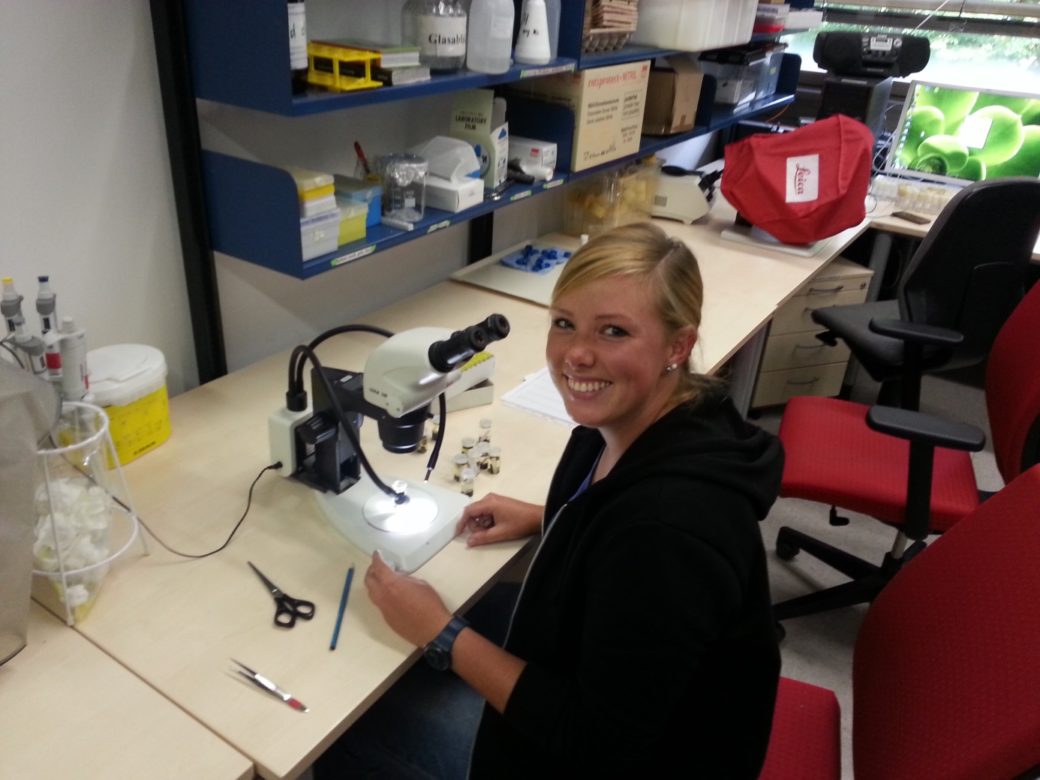#Animals #2014 – 2017
AntAphid (Contributing project)
Direct and indirect effects on ant communities in a land use gradient in grasslands
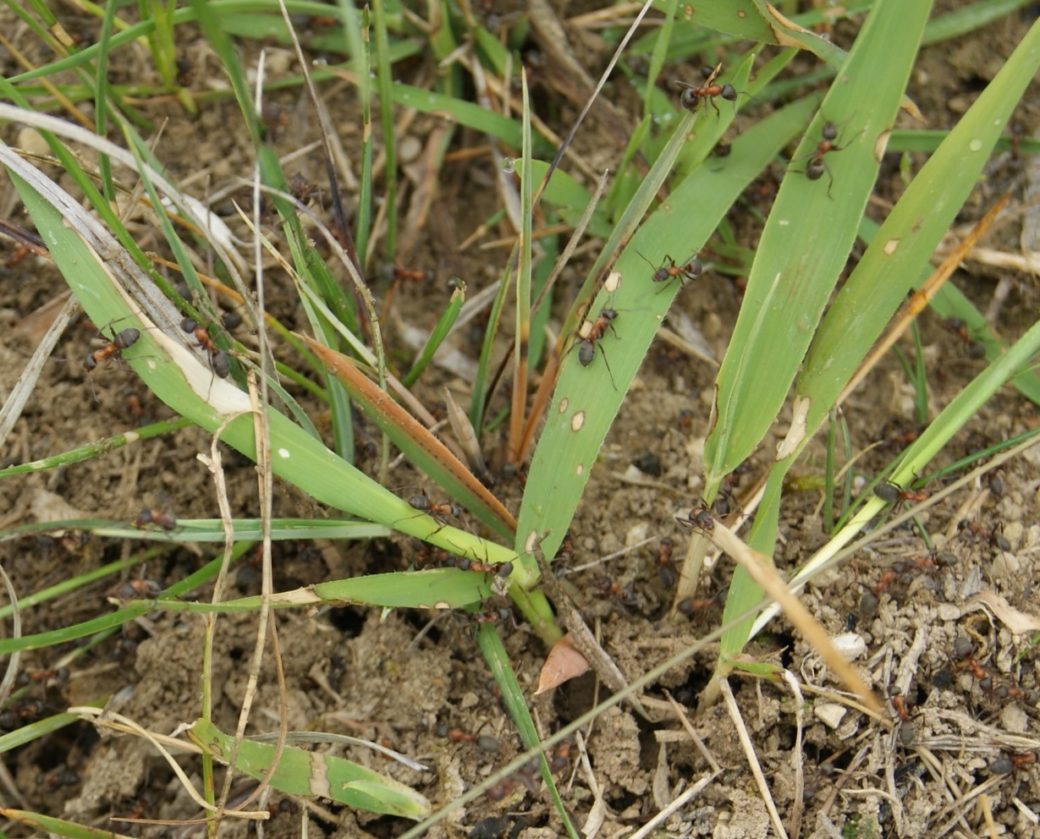
- Land use intensification in grasslands results in a decrease in ant abundance and diversity.
- Different types of land use may affect composition of ant communities and overall ant abundance either by altering available food sources (indirect effects) or by disturbance of nesting sites (direct effects).
The aims of the proposed project are to measure the impact of different land use intensities in grassland experimental plots on
- ant species richness and abundance
- trophobiont (mostly aphid) species richness and abundance (above- and below-ground) as a potential food source with regard to honeydew production or as prey items
- niche trait diversity of ants and aphids (morphometric traits, nest structure, life-history traits of aphids, host-plant use of aphids, ant-visitation, secondary endosymbionts that may mediate host use)
- intraspecific variation in trophic niche of ants and strophic structure of ant communities (characterized by feeding experiments, stable isotopes and ecological stoichiometry)
- specificity of ant-aphid interactions (analyzed in interaction networks)
- phenotypic (niche trait) and phylogenetic community structure of ants and aphids to uncover mechanisms of community assembly.
Heuss L., Grevé M. E., Schäfer D. Busch V., Feldhaar H. (2019): Direct and indirect effects of land-use intensification on ant communities in temperate grasslands. Ecology and Evolution 9 (7), 4013-4024. doi: 10.1002/ece3.5030
More information:
doi.org
Grevé M. E. (2019): Temperate ant communities under anthropogenic impact. Dissertation, University Bayreuth
More information:
epub.uni-bayreuth.de
Grevé M. E., Hager J., Weisser W. W., Schall P., Gossner M. M., Feldhaar H. (2018): Effect of forest management on temperate ant communities. Ecosphere 9 (6), e02303. doi: 10.1002/ecs2.2303
More information:
doi.org
Public Datasets
Heuss, Lisa; Feldhaar, Heike (2019): Stable Isotope values for ant species in grassland plots in 2014/2015. Version 2. Biodiversity Exploratories Information System. Dataset. https://www.bexis.uni-jena.de/ddm/data/Showdata/24906?version=2
Heuss, Lisa; Feldhaar, Heike (2018): Abundance of predatory arthropods and ant activity in grasslands, 2015. Version 2. Biodiversity Exploratories Information System. Dataset. https://www.bexis.uni-jena.de/ddm/data/Showdata/24226?version=2
Heuss, Lisa; Feldhaar, Heike; Greve, Michael (2018): Ant species diversity and occurence of root aphids in ant nests on 110 grassland EPs, 2014/2015, AntAphid. Version 2. Biodiversity Exploratories Information System. Dataset. https://www.bexis.uni-jena.de/ddm/data/Showdata/23986?version=2
Heuss, Lisa; Feldhaar, Heike (2018): Summarised abundance of predatory arthropods and ant activity per plot in grasslands, 2015. Version 2. Biodiversity Exploratories Information System. Dataset. https://www.bexis.uni-jena.de/ddm/data/Showdata/24326?version=2
Feldhaar, Heike; Greve, Michael; Goßner, Martin; Weisser, Wolfgang (2017): Pitfall traps on forest EPs in 2008 subset Formicidae Species Abundances. Version 2. Biodiversity Exploratories Information System. Dataset. https://www.bexis.uni-jena.de/ddm/data/Showdata/21906?version=2
Links to other projects within the Biodiversity Exploratories
The abundance and diversity of ants within grassland plots will be linked to that of other arthropod groups (Arthropods I; W. Weisser, TU München and M. Gossner, Swiss Federal Research Institute WSL).
As a baseline for the characterization of the trophic niche using stable isotope analysis we will make use of the data on pplant stable isotope signatures in grassland plots of the project BioComp (N. Hölzel, T. Kleinebecker, Universität Münster).
